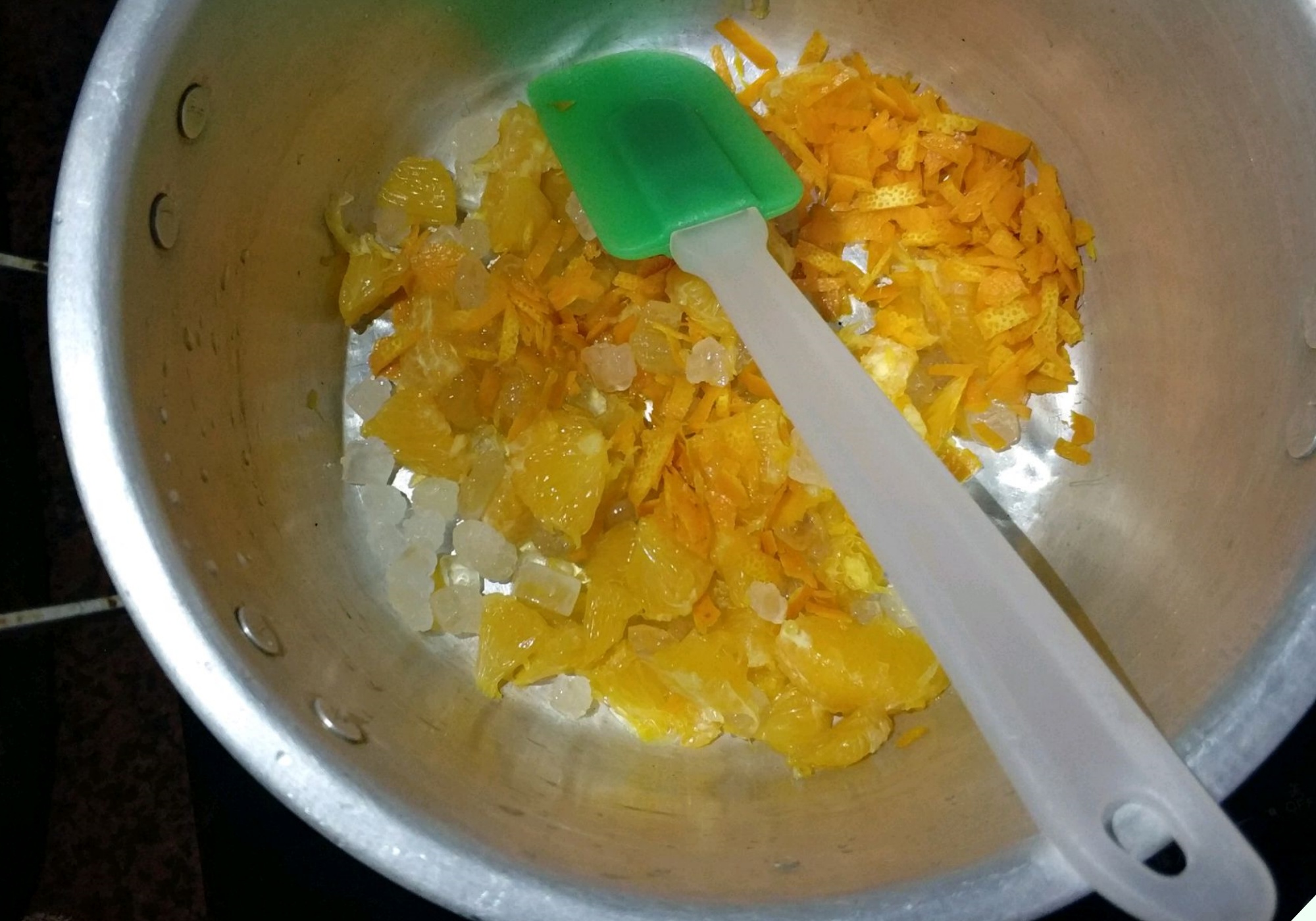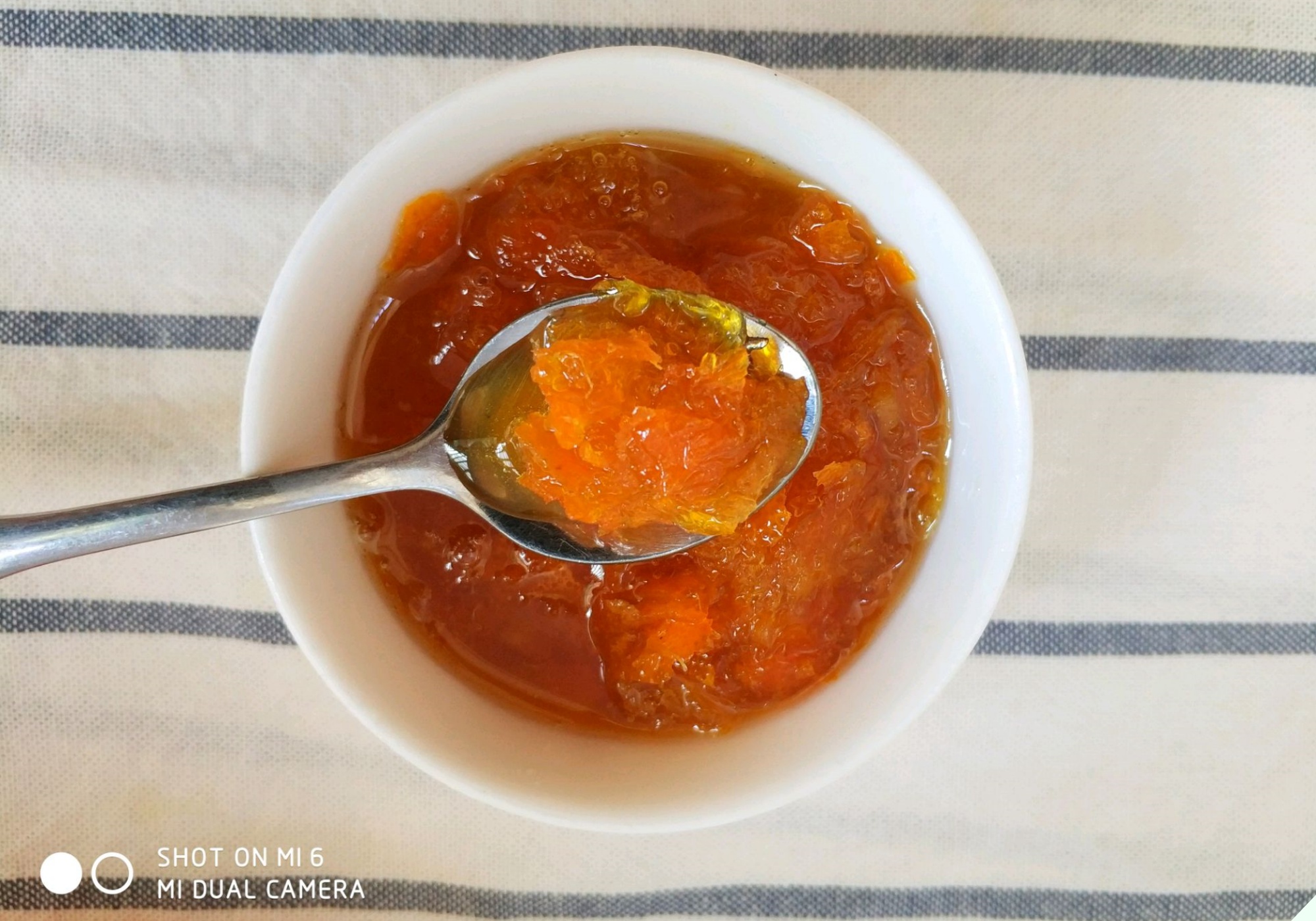
Oranges are a popular fruit of choice for many due to their myriad of health benefits. Typically, people enjoy eating oranges directly or juicing them. However, some may encounter oranges that are less juicy and overly tart. This can be attributed to purchasing unripe, young oranges or those that have been sitting on the shelf for too long.

So, how do you choose the best-tasting oranges? Most people believe that the shinier the orange, the better it tastes. However, this is not always the case. Each variety of orange has its unique characteristics, and knowing how to select the perfect one can be tricky. According to a fruit shop owner, to pick the freshest and juiciest oranges, keep an eye out for the following traits:
1. Navel
Oranges with larger navels tend to be sweeter and tastier than those with smaller ones. If the navel is small, the orange will likely be more sour. Additionally, if the navel protrudes, the orange will have less juice and more pith, so it’s best to avoid those.

2. Peel
The peel is another crucial factor in choosing the perfect orange. Gently touch the surface of the orange and take note of its texture. The best oranges will have a slightly rough peel with a thin waxy coating.
If you gently press your fingernail into the peel and notice a release of oil, it’s a good sign. This indicates that the orange is freshly cut and will likely be juicy and flavorful.

3. Color
The sweetness of an orange is influenced by various factors, including soil, care, and weather conditions. Oranges grown in sunny areas tend to have deeper colors and sweeter flavors. Conversely, oranges that receive less sunlight may appear paler and taste less appealing.
Naturally ripened oranges will have a slight yellow tinge at the bottom, and the color won’t be uniformly distributed. Oranges that are completely yellow are likely forced-ripened or infested with internal pests.
Avoid oranges with a bright yellow face on one side, as these tend to be sour, with dry and less juicy segments.

4. Top of the Orange
According to experienced fruit sellers, oranges with thinner peels tend to be tastier than those with thicker peels. However, distinguishing between the two can be challenging.
One way to tell is by looking at the top of the orange. If it protrudes significantly, it likely has a thicker peel. If the top doesn’t protrude much, the orange probably has a thinner peel, making it a good choice.

5. Weight
Weight is a simple and effective way to choose the best oranges. When comparing oranges of similar sizes, opt for the one that feels heavier. Heavier oranges tend to be juicier and more flavorful.

Oranges can be enjoyed in various ways, including eating them fresh, juicing, making marmalades, or even candying the peel.
How to Make Orange Marmalade
Ingredients:
– Sweet Oranges: 2 pieces
– Lemon Juice: 7.5ml
– Sugar: 120g
– Malt: 10ml
Instructions:

– Soak the oranges in salted water for about 10 minutes.

– Using a knife, carefully peel off the outer layer of the oranges, avoiding the white pith.

– Remove the white pith and cut the orange segments into small pieces.

– Place the orange peel and segments, sugar, malt, and lemon juice in a pot.

– Cook over high heat, then reduce to low heat and slowly stir to prevent the mixture from sticking to the pan.

– Continue cooking until the mixture thickens, then remove from heat, allow to cool, and store in an airtight glass container.

This marmalade has a delightful, subtle sweetness. Despite being made from orange peel, it doesn’t taste bitter at all.
The marmalade can be enjoyed on its own, used in baking, added to drinks, or spread on toast for a delicious treat.








































